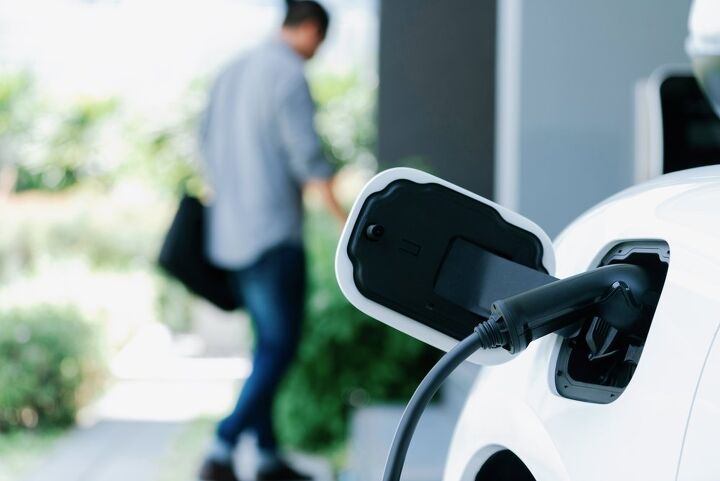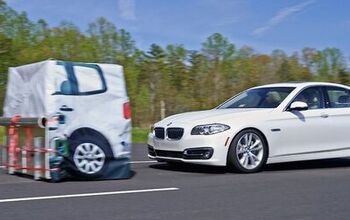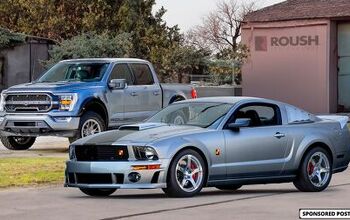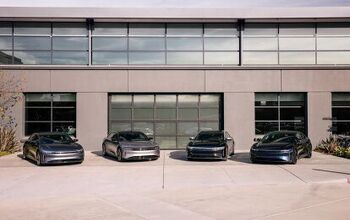Why Your Next Car Might Not Be Electric
The electric vehicle (EV) market witnessed a significant leap in sales in 2023, marking a 50% increase compared to the previous year according to a study done by J.D. Power. This growth contributed substantially to the overall auto industry's expansion, which saw an 8% rise in sales and lease volumes, totalling approximately 13 million units. Electric vehicles, therefore, played a crucial role in the industry’s progress, particularly given their stark contrast to the modest 2% growth seen in gas-powered vehicle sales. Tesla, BMW, and Mercedes-Benz emerged as key drivers of this EV sales boom, collectively contributing to the majority of the sector's growth.
Disparity in EV Availability
Despite the optimistic sales figures, the availability of EVs, especially in the mass market, presents a considerable challenge. The disparity between premium and mass market segments is stark, with premium EV buyers enjoying a far greater selection of models. According to the J.D. Power EV Index, the availability score for premium market EVs reached 75.1, indicating that three-fourths of shoppers in this segment have access to a viable electric alternative. Conversely, the mass market segment's score stood at merely 33, reflecting significant limitations in EV options for a vast majority of consumers. This gap underscores the ongoing struggle to make electric vehicles accessible to all segments of the market.
The 2024 Outlook and Regulatory Hurdles
Looking ahead to 2024, the electric vehicle market is poised to capture a 12.4% share, a slight revision downward from previous forecasts. This adjustment accounts for various challenges, including production delays, stricter Clean Vehicle Credit eligibility, and a plateau in consumer interest. The introduction of tighter restrictions on tax credits, emphasizing domestic production and sourcing of battery components, has particularly impacted the availability of affordable EVs in the mass market. Vehicles like the Ford Mustang Mach-E and Nissan LEAF, which previously benefited from these incentives, now face hurdles that could limit their market penetration.
The Road to 2031: A Long-Term Vision
Despite these immediate challenges, the long-term outlook for electric vehicles remains optimistic, with projections suggesting that EVs could account for over half of new vehicle market share by 2031. The pace of adoption will vary by state, with California expected to lead the charge. However, the journey to this milestone is fraught with obstacles, from supply chain issues to evolving regulatory landscapes that could influence consumer adoption patterns.
Methodological Insights
This analysis draws on comprehensive data from the J.D. Power EV Index and related studies, offering a multi-faceted view of the electric vehicle market. By aggregating millions of data points across various dimensions, including interest, affordability, and infrastructure, this report provides valuable insights into the state of EV adoption and the challenges that lie ahead.
This article was co-written using AI and was then heavily edited and optimized by our editorial team.
More by AutoGuide.com Staff
































Comments
Join the conversation